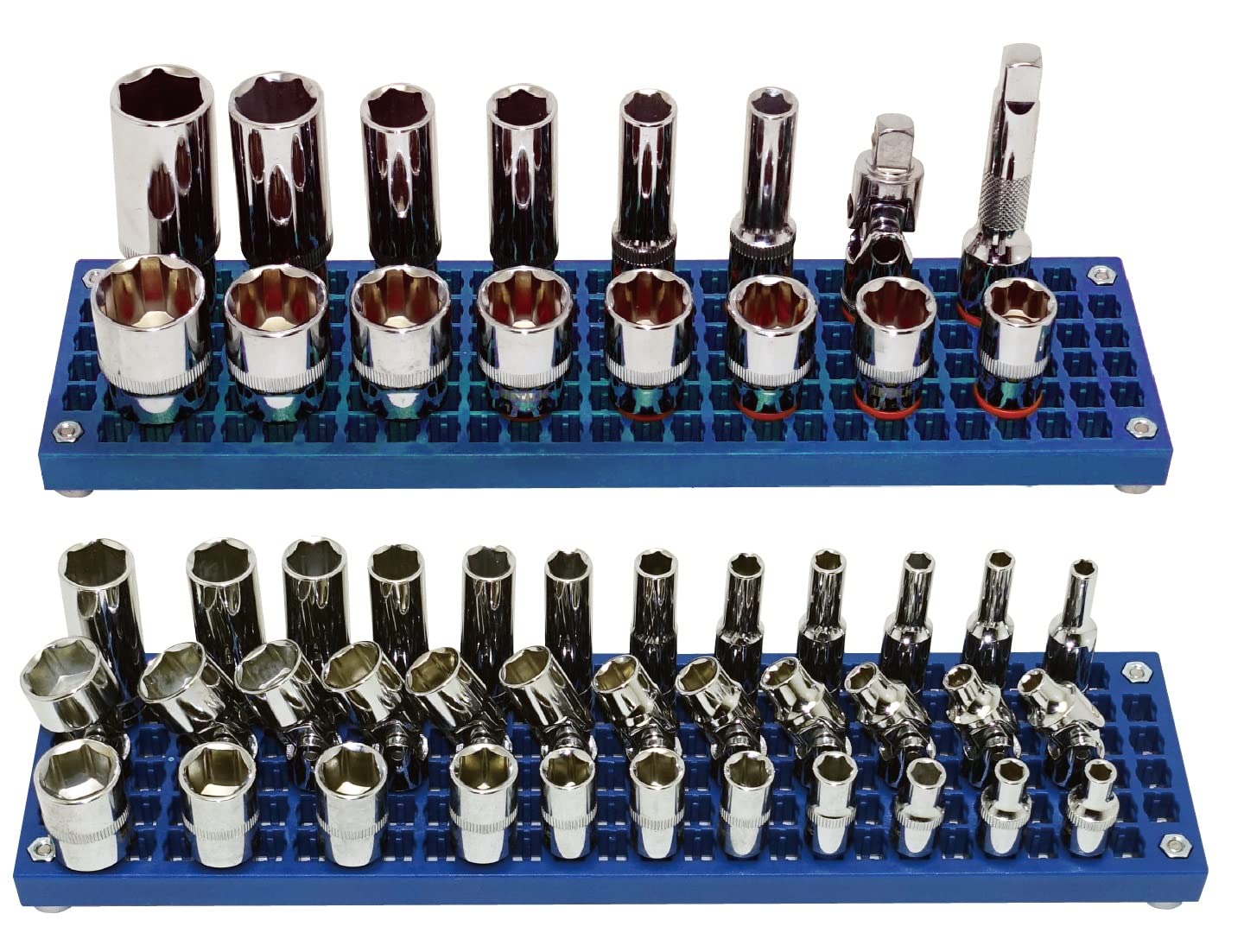

Articles
How To Store Sockets
Modified: January 21, 2024
Learn the best way to store sockets with these helpful articles. Keep your tools organized and easily accessible for your next project.
(Many of the links in this article redirect to a specific reviewed product. Your purchase of these products through affiliate links helps to generate commission for Storables.com, at no extra cost. Learn more)
Introduction
Having a well-organized and efficient storage system for your sockets is essential for any DIY enthusiast or professional mechanic. When it comes to working on cars, motorcycles, or even household projects, having the right socket size readily available can save you time and frustration. In this article, we will explore various storage options and techniques to keep your sockets organized and easily accessible.
Before we dive into the different socket storage options, it’s important to gather the necessary tools to make the process smoother. You will need a variety of socket sizes, socket trays or holders, a marker or label maker, and a designated storage area.
Sorting and organizing your sockets is the first step towards an efficient storage system. Start by laying out all your sockets on a clean and spacious surface. Sort them by size, grouping together all the ¼-inch drive sockets, then the ⅜-inch drive sockets, and finally the ½-inch drive sockets. Take note of any duplicates or missing sizes.
Once you have sorted all the sockets, consider marking them for quick identification. Use a marker or label maker to clearly mark the size on each socket. This will prevent confusion and save you time when searching for the right socket.
Key Takeaways:
- Efficient socket storage is crucial for DIY enthusiasts and mechanics. Sorting, labeling, and choosing the right storage option can save time and frustration, leading to a streamlined and productive workspace.
- DIY socket storage solutions offer flexibility and creativity. From repurposed materials to custom-made organizers, they can add a personal touch to your workspace while keeping your sockets tidy and accessible.
Read more: How To Organize Sockets
Necessary Tools
Before you start organizing and storing your sockets, it’s important to have the right tools on hand. Here are some of the essential tools that will make the process easier:
- Socket sets: Make sure you have a variety of socket sizes to accommodate different projects. It’s recommended to have sets in ¼-inch, ⅜-inch, and ½-inch drive sizes.
- Socket trays or holders: These are specially designed trays or holders that keep your sockets organized and easily accessible. Look for trays that securely hold the sockets and have clearly marked sizes for quick identification.
- Marker or label maker: Having a marker or label maker allows you to label each socket with its corresponding size. This eliminates confusion and saves time when searching for the right socket.
- Designated storage area: Choose a specific area in your workspace or toolbox to store your sockets. This ensures that they are kept in one place and are easily accessible when needed.
By having these tools on hand, you’ll be well-equipped to efficiently organize and store your sockets.
Sorting and Organizing Sockets
Before you can store your sockets, it’s crucial to sort and organize them properly. This step will not only make it easier to find the desired socket when you need it, but it will also help prevent loss and damage. Here are some tips for sorting and organizing your sockets:
- Sort by size: Start by grouping your sockets according to their sizes. Separate them into different categories, such as ¼-inch drive, ⅜-inch drive, and ½-inch drive. This will make it easier to locate the right size when you’re working on a project.
- Identify duplicates: Take a close look at your sockets and identify any duplicates. It’s common to have multiple sockets of the same size, but keeping them organized will save you time in the long run.
- Label your sockets: Use a marker or label maker to clearly mark the size on each socket. This will prevent confusion and save you time when searching for the right socket. Alternatively, you can use socket labels that stick onto the sockets themselves.
- Keep sockets clean and rust-free: Before storing your sockets, make sure they are clean and free from rust. Wipe them down with a clean cloth and consider using a rust preventative spray or coating to protect them.
By following these sorting and organizing tips, you’ll create a systematic approach to storing your sockets. This will not only save you time but also prolong the lifespan of your sockets by keeping them in good condition.
Socket Storage Options
Now that you have sorted and organized your sockets, it’s time to explore the different storage options available. Here are some popular socket storage solutions to consider:
- Socket Trays: Socket trays are specially designed to hold sockets of various sizes. They have individual compartments for each socket, making it easy to find and retrieve the one you need. Socket trays come in different configurations, such as rail-style trays or magnetic trays. Choose the one that best fits your needs and preferences.
- Socket Drawer Inserts: If you have a toolbox or chest with drawers, socket drawer inserts are a great choice. These inserts have compartments that fit into the drawer, providing a designated space for your sockets. They come in different sizes to accommodate various socket sizes and can be customized according to your needs.
- Magnetic Socket Holders: These holders use strong magnets to securely hold your sockets in place. They can be attached to the side of your toolbox or any magnetic surface, keeping your sockets easily accessible. Magnetic socket holders are a space-saving option, as they don’t require additional storage trays or inserts.
- Wall-mounted Socket Racks: If you have limited drawer space or prefer to have your sockets displayed on the wall, consider using a wall-mounted socket rack. These racks have pre-drilled holes to accommodate sockets of different sizes, allowing you to keep them organized and within reach. Wall-mounted socket racks are ideal for workshops or garages where space is at a premium.
Each of these socket storage options has its own advantages, so choose the one that best suits your storage needs and available space. You can also mix and match different storage options based on your socket collection size and personal preferences.
Using Socket Trays
Socket trays are a popular and efficient way to store and organize your sockets. They come in various styles and configurations, but the basic idea remains the same: keeping your sockets securely in place and easily accessible. Here’s how you can make the most out of socket trays:
- Select the right socket tray: Socket trays come in different sizes and layouts to accommodate various socket sizes. Choose a tray that has enough compartments to hold all your sockets and ensure they fit securely without being too loose or too tight.
- Sort and arrange sockets: Place each socket in its designated compartment based on size. Start with the smallest size and work your way up to the largest. This will make it easier to find the socket you need when working on a project.
- Label or color-code the trays: To further enhance organization and quick identification, consider labeling each compartment with the corresponding socket size or using color-coded labels or marker dots. This will save you time and effort when sifting through the tray to find the right socket.
- Keep the tray clean: Regularly clean your socket tray to prevent any dirt or debris from interfering with the sockets’ placement. Remove any oil or grease residue with a clean cloth or use a mild cleaning solution if necessary.
- Secure the tray: Depending on the design of the socket tray, ensure it is securely fastened within your toolbox or storage cabinet. This will prevent the tray from sliding or shifting during transportation, keeping your sockets intact and organized.
- Consider portable socket tray options: If you often work in different locations or need to transport your sockets frequently, look for socket trays with handles or those that can be easily carried. This allows for convenient portability and accessibility, ensuring you always have your sockets sorted and ready to use.
Using socket trays will not only keep your sockets organized but also protect them from damage. With proper arrangement and labeling, you’ll be able to quickly find the right socket for any project, saving you time and frustration.
To store sockets, use a socket organizer tray or rail to keep them organized and easily accessible. This will prevent them from getting lost or damaged and make it easier to find the right size when needed.
Read more: How To Use Socket Adapter
Socket Drawer Inserts
If you have a toolbox or chest with drawers, socket drawer inserts can be an excellent storage solution for your sockets. These inserts are designed to fit into the drawers and provide compartments for organizing your sockets. Here’s how you can make the most out of socket drawer inserts:
- Select the right size insert: Measure the dimensions of your drawer to ensure that the socket drawer insert fits properly. Consider the depth, width, and length of the drawer when choosing an insert that will accommodate your socket collection.
- Arrange sockets by size: Sort your sockets by size and arrange them in the compartments of the socket drawer insert. Group sockets with similar sizes together, making it easier to find the right one when needed.
- Create a labeling system: Use labels or markers to indicate the size of each compartment in the insert. This will save you time and prevent confusion when searching for a specific socket. Alternatively, you can use color-coded labels or stickers for quick identification.
- Ensure a secure placement: Make sure that the socket drawer insert fits snugly into the drawer and doesn’t slide around. You can use non-slip liners or adhesive strips to keep the insert in place, preventing it from shifting when opening or closing the drawer.
- Consider customizing the insert: Some socket drawer inserts come with adjustable or removable dividers. This allows you to customize the size of the compartments based on your socket collection. You can create larger compartments for frequently used socket sizes and smaller ones for less commonly used sizes.
- Keep the drawers clean: Regularly clean your drawer and socket insert to prevent any build-up of dirt or debris. Wipe down the surfaces with a clean cloth and use compressed air to remove dust or particles from the compartments.
Socket drawer inserts provide a dedicated and organized space for your sockets within the drawers of your toolbox or chest. By utilizing the insert effectively and maintaining proper organization, you can easily locate the right socket and keep your workspace neat and efficient.
Magnetic Socket Holders
Magnetic socket holders offer a convenient and space-saving solution for storing and organizing your sockets. These holders use strong magnets to securely hold your sockets in place, eliminating the need for additional trays or inserts. Here’s how you can make the most out of magnetic socket holders:
- Select the right size: Choose a magnetic socket holder that matches the size of your sockets. Most magnetic holders come in various sizes to accommodate different socket sizes, from small ¼-inch drive sockets to large ½-inch drive sockets.
- Arrange sockets by size: Start by sorting your sockets by size. Place them on the magnetic socket holder, aligning each socket with its appropriate location based on size.
- Ensure a secure hold: Make sure the magnetic holder has a strong magnetic force to securely hold the sockets in place. Avoid overloading the holder with too many sockets, as it may compromise the strength of the magnets.
- Create a labeling system: Consider using labels or markers to indicate the size of each socket on the magnetic holder. This will make it easier to locate the right socket quickly, especially if you have multiple sockets of the same size.
- Mount on a magnetic surface: Magnetic socket holders are designed to be attached to a metal surface, such as the side of a toolbox or a magnetic strip on a wall. Choose a location that is easily accessible and within reach when you’re working on projects.
- Consider portable options: Some magnetic socket holders come with handles or can be easily detached from the magnetic surface. This allows for convenient portability, so you can have your sockets readily available wherever you go.
Magnetic socket holders are a great option if you have limited storage space or prefer a compact and portable solution. They offer quick and easy access to your sockets while keeping them securely in place, so you can work efficiently without the hassle of searching through trays or drawers.
Wall-mounted Socket Racks
If you’re looking to maximize your workspace and keep your sockets easily accessible, wall-mounted socket racks are an ideal solution. These racks are designed to be mounted on a wall, providing a convenient storage option for your sockets. Here’s how you can make the most out of wall-mounted socket racks:
- Select the right rack: Choose a wall-mounted socket rack that can accommodate the size and quantity of sockets you have. Look for one with pre-drilled holes or adjustable brackets to ensure a secure fit.
- Arrange sockets by size: Sort your sockets by size and arrange them on the rack in a logical order. Consider organizing them from smallest to largest or based on frequency of use.
- Secure the rack on a sturdy wall: Mount the socket rack on a sturdy wall using appropriate screws or mounting hardware. Ensure that the rack is securely fastened to prevent any movement or accidents when retrieving or replacing sockets.
- Create a labeling system: Label each section of the socket rack with the corresponding socket size. This labeling system will make it quick and easy to identify and locate the right socket when you need it.
- Consider additional features: Some wall-mounted socket racks come with additional features like built-in pegs or hooks for hanging other tools or accessories. Take advantage of these features to maximize your storage space and keep your workspace organized.
- Regularly clean and maintain: Keep your wall-mounted socket rack clean and free from dust or debris. Regularly inspect the rack and ensure that the sockets are securely in place, making any necessary adjustments or replacements as needed.
Wall-mounted socket racks not only provide easy access to your sockets but also help declutter your workspace and free up valuable drawer or bench space. By utilizing a wall-mounted rack, you can keep your sockets organized, within reach, and visible at all times.
DIY Socket Storage Solutions
If you’re the type of person who enjoys getting creative and saving money, you might consider DIY socket storage solutions. These are simple and cost-effective ways to store and organize your sockets using materials you may already have at home. Here are some DIY ideas to inspire you:
- PVC Pipe Organizer: Cut sections of PVC pipes of various sizes and mount them on a wooden board or pegboard. Label each section with the corresponding socket size, and you’ll have a custom-made socket organizer.
- Repurposed Magnetic Strip: Use a magnetic strip, such as those used for knives, and attach it to the inside of a toolbox. Stick your sockets onto the magnetic strip in an organized manner to keep them easily accessible.
- Toolbox Drawer Dividers: Create custom dividers within your toolbox drawers using foam inserts or cut pieces of wood. Arrange the dividers to fit your sockets snugly, keeping them organized and preventing them from rolling around.
- Altoids Tin Storage: Repurpose an empty Altoids tin by creating a foam insert with holes to hold your sockets. This compact and portable solution is perfect for organizing a small selection of sockets on the go.
- Wall-Mounted Mason Jar Holders: Attach mason jar lids to a wooden board and screw the jars onto the lids. Place each socket inside a jar, creating a visually appealing and easily accessible storage system.
- Wooden Block Socket Holder: Drill appropriately sized holes into a wooden block or use a pre-cut pegboard. Insert your sockets into the holes, and you’ll have a simple and functional socket holder for your workbench.
These DIY socket storage solutions offer flexibility and customization options to suit your specific needs and preferences. Not only can they help you keep your sockets organized, but they can also serve as a fun and creative project to showcase your DIY skills.
Read more: How To Install Light Socket In Ceiling
Conclusion
Having a well-organized and easily accessible socket storage system is crucial for any DIY enthusiast or mechanic. By following the tips and exploring the various storage options discussed in this article, you can create a streamlined and efficient workspace that saves you time and frustration.
Sorting and organizing your sockets is the first step towards an efficient storage system. Taking the time to group them by size and label them appropriately will ensure that you can quickly locate the right socket when needed.
Socket storage options such as socket trays, drawer inserts, magnetic holders, and wall-mounted racks offer different advantages and cater to individual preferences and available space. Consider the size of your socket collection, the layout of your workspace, and portability requirements when choosing the storage solution that suits you best.
If you enjoy DIY projects, there are also several creative and cost-effective options for storing your sockets. From repurposed materials to custom-made organizers, these DIY solutions can add a personal touch to your workspace while keeping your sockets tidy and accessible.
Whichever storage method you choose, it is important to maintain a clean and organized system. Regularly clean your storage trays, inserts, holders, or racks to prevent debris build-up and ensure that your sockets remain in good condition.
In conclusion, investing time and effort into organizing and storing your sockets will greatly improve your productivity and efficiency. With the right storage solution and a well-arranged system, you’ll be able to find the right socket quickly and focus on your projects with ease.
So, take the necessary steps to store your sockets properly and enjoy the benefits of a well-organized and hassle-free workspace. Happy socket organizing!
Frequently Asked Questions about How To Store Sockets
Was this page helpful?
At Storables.com, we guarantee accurate and reliable information. Our content, validated by Expert Board Contributors, is crafted following stringent Editorial Policies. We're committed to providing you with well-researched, expert-backed insights for all your informational needs.
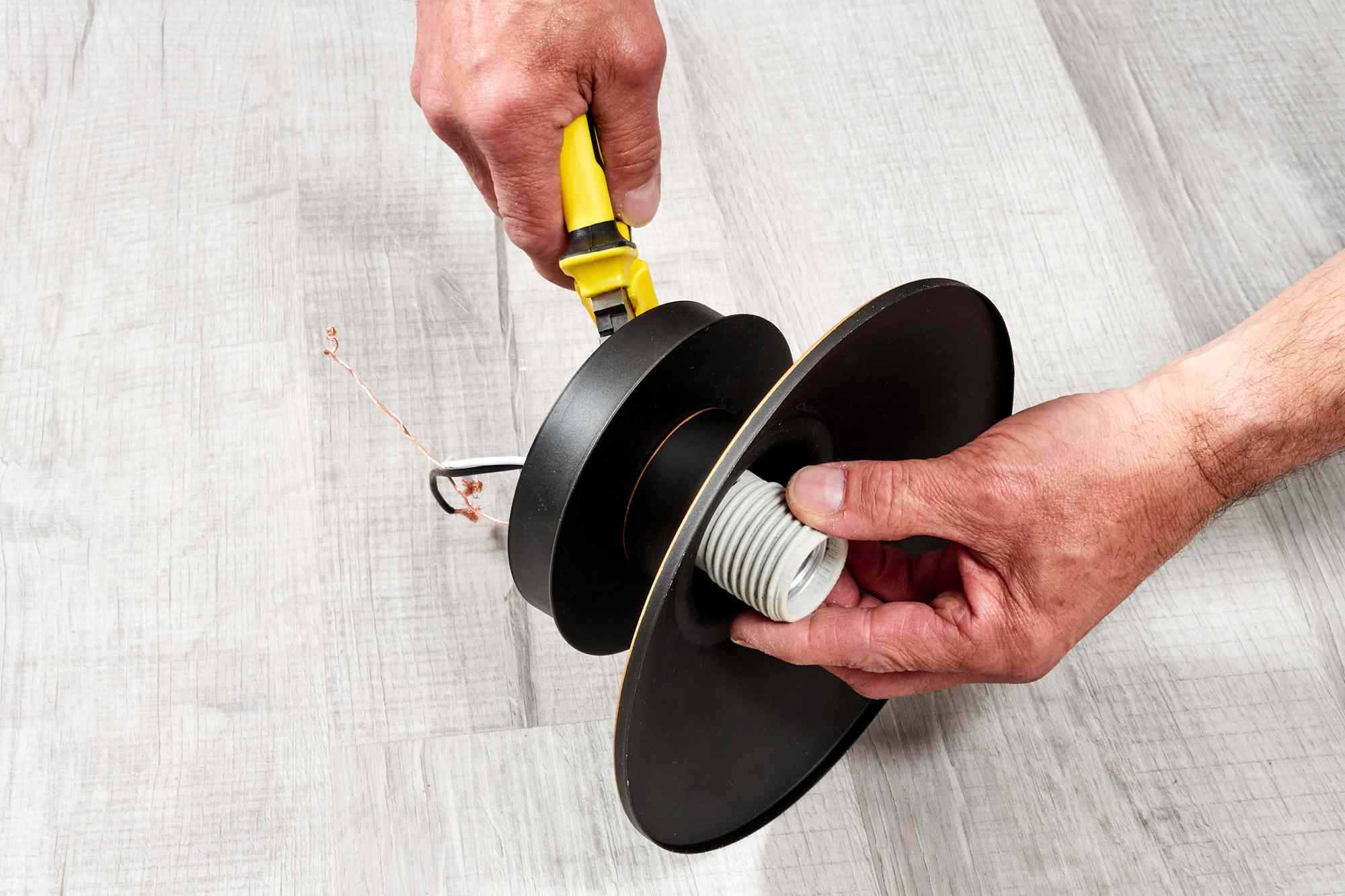

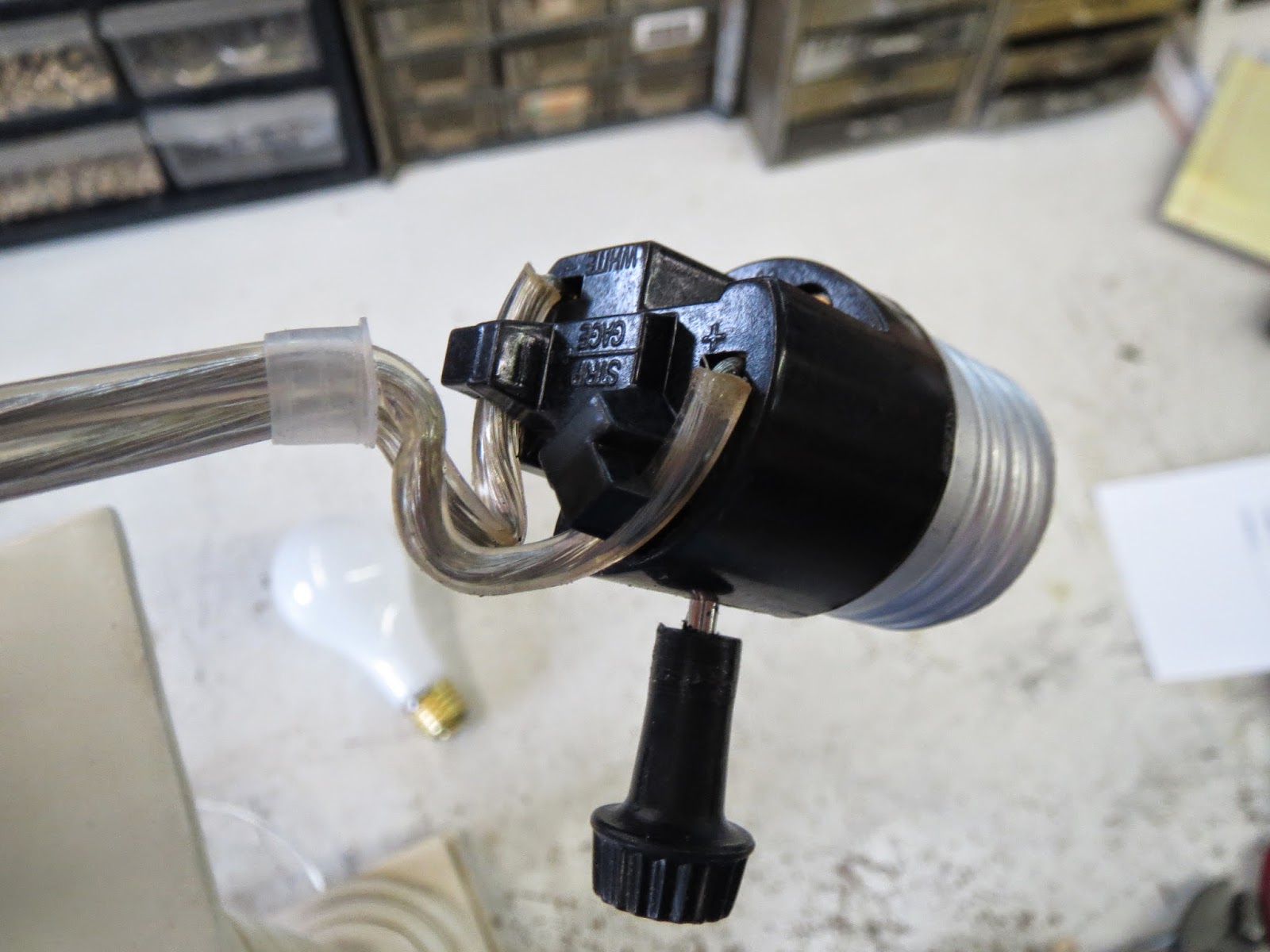
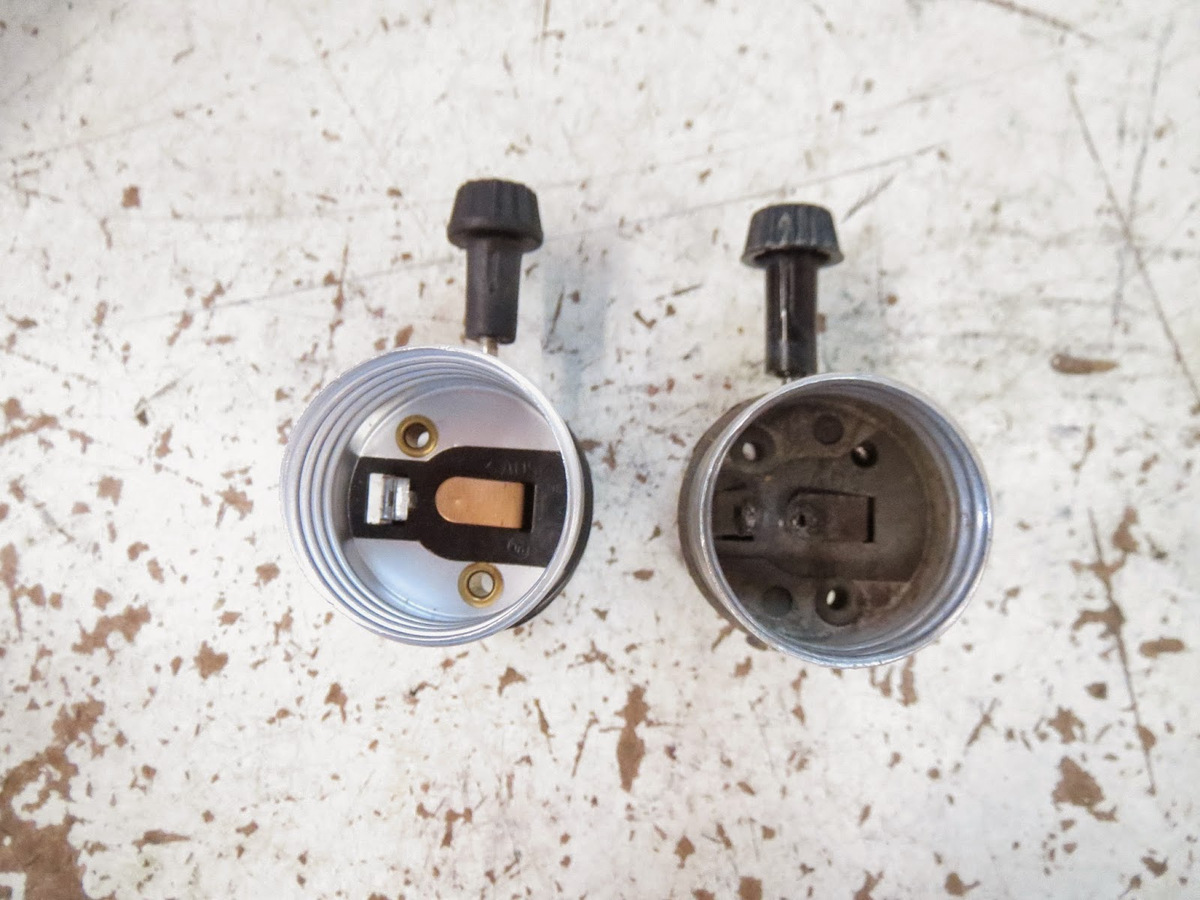
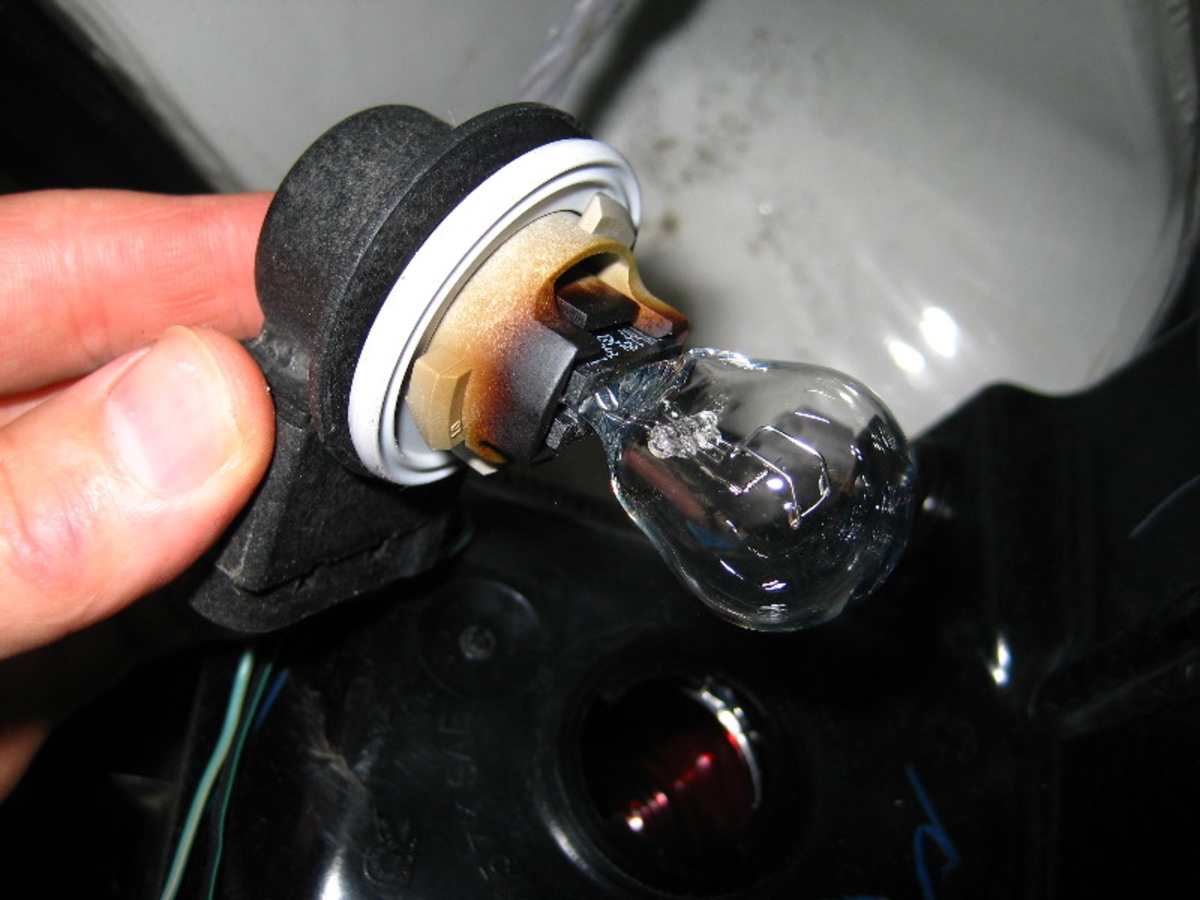
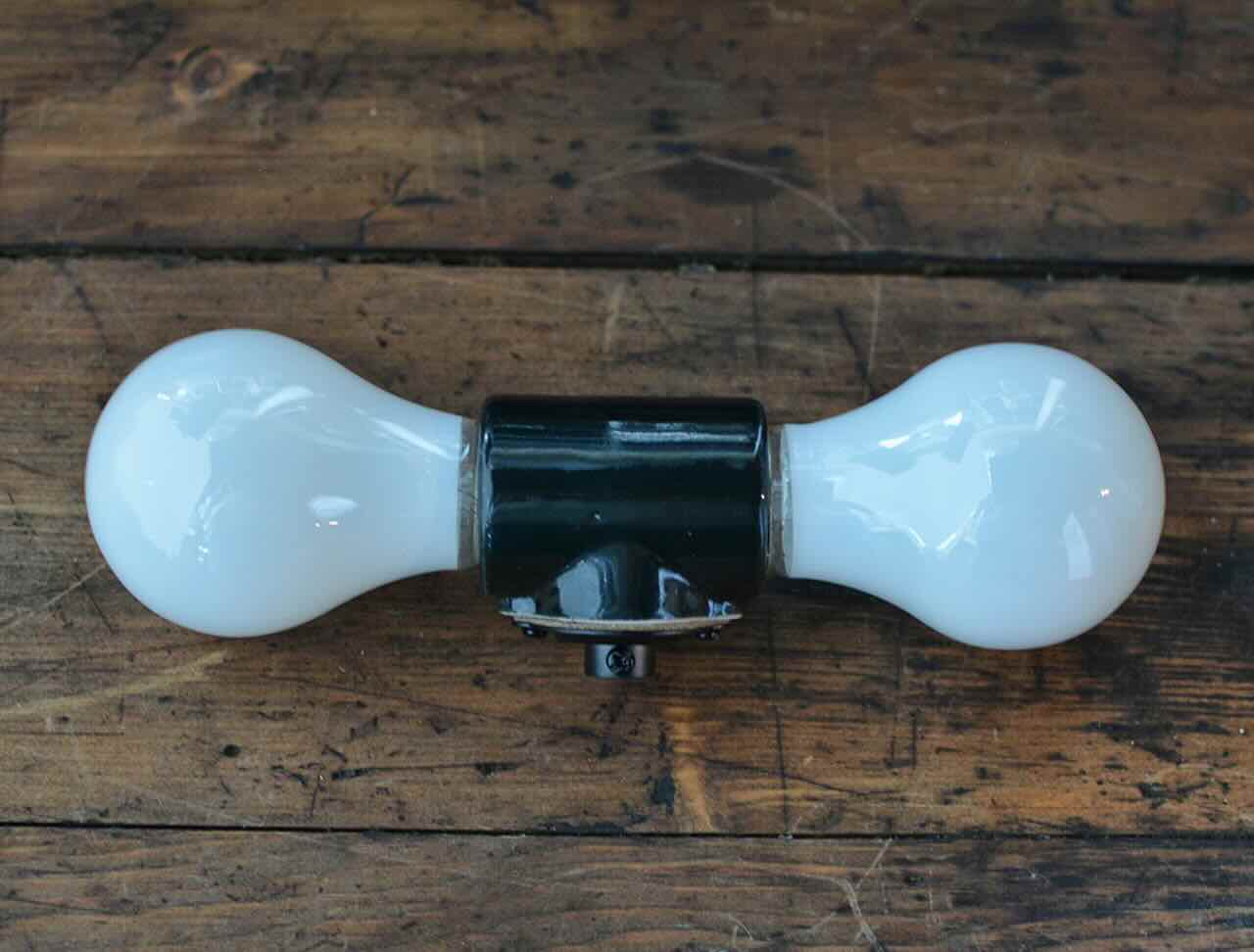
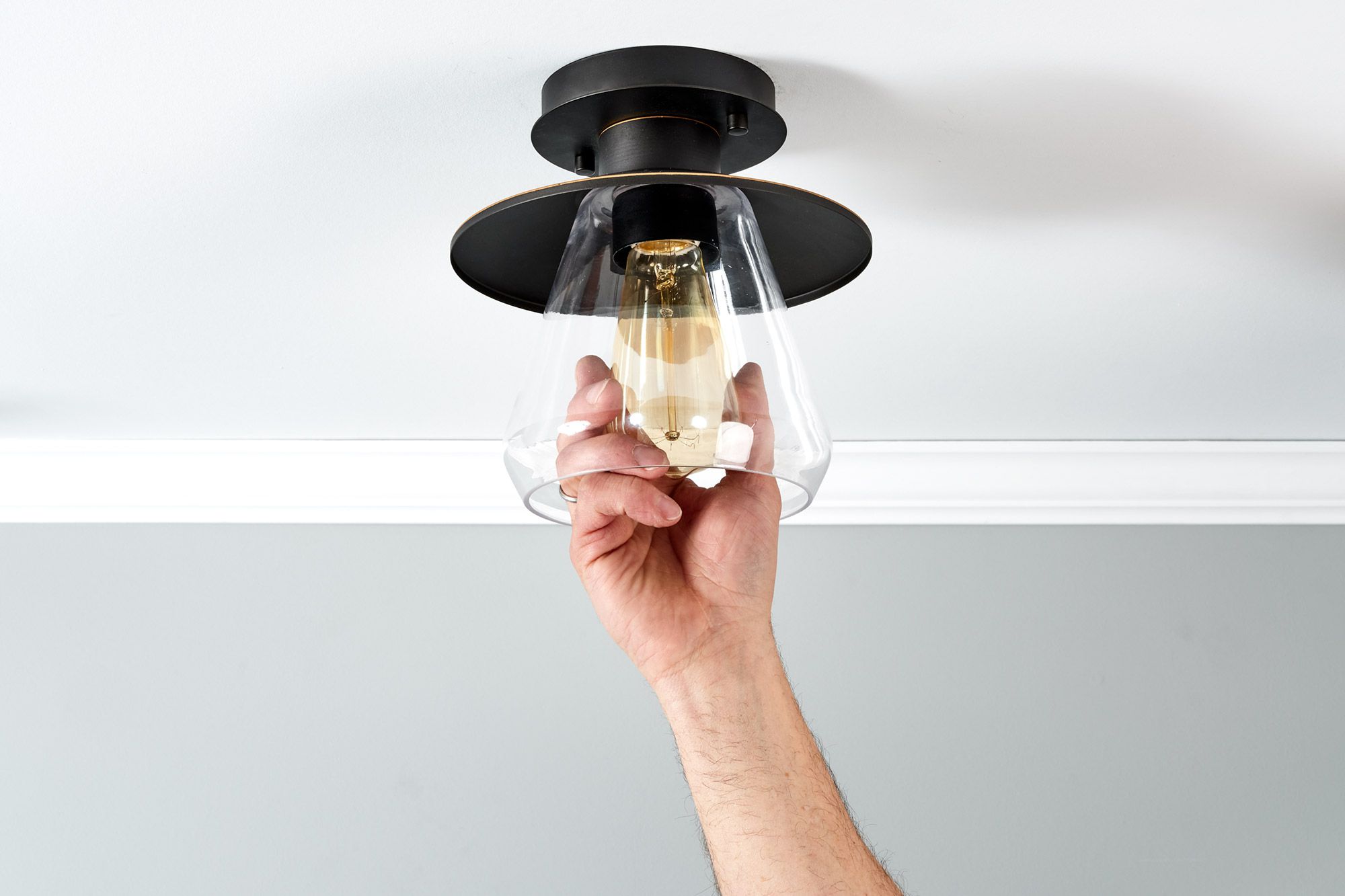
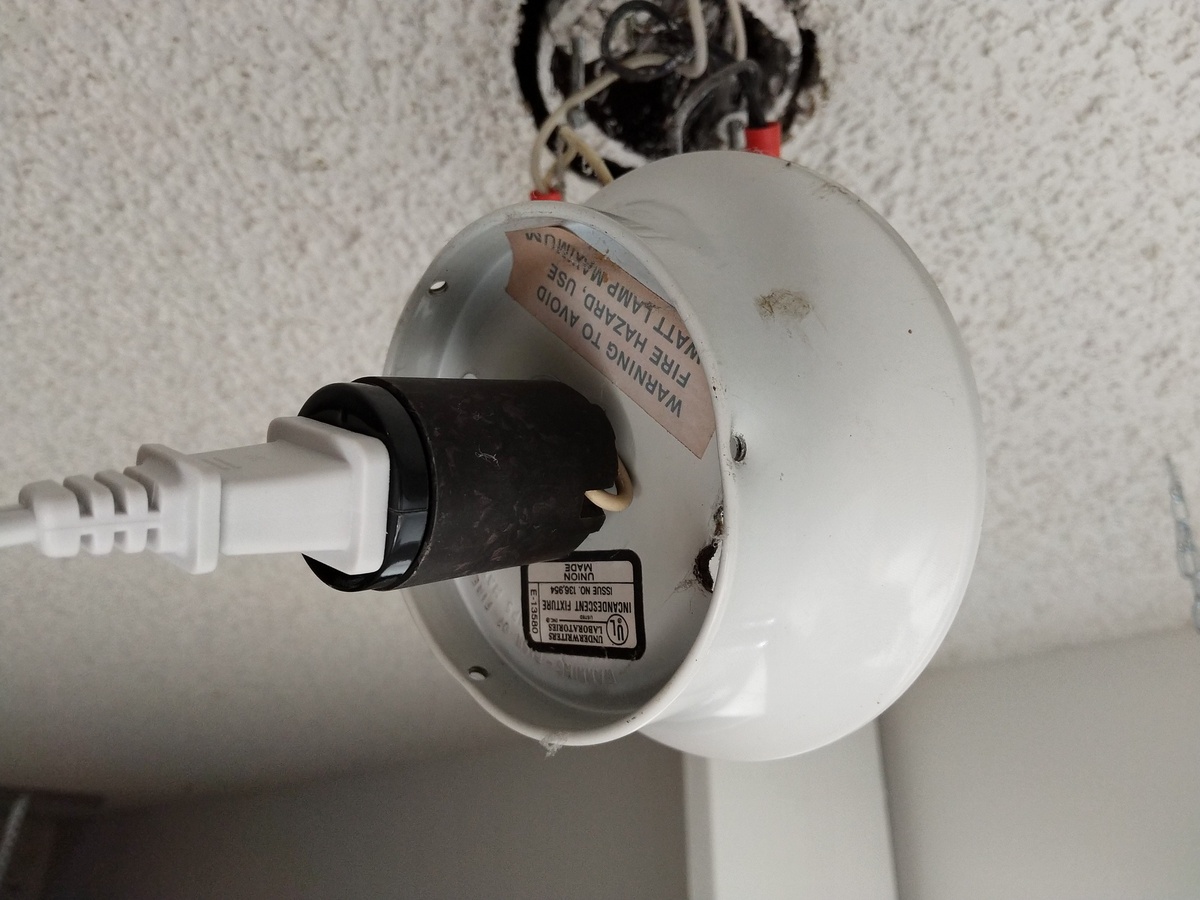
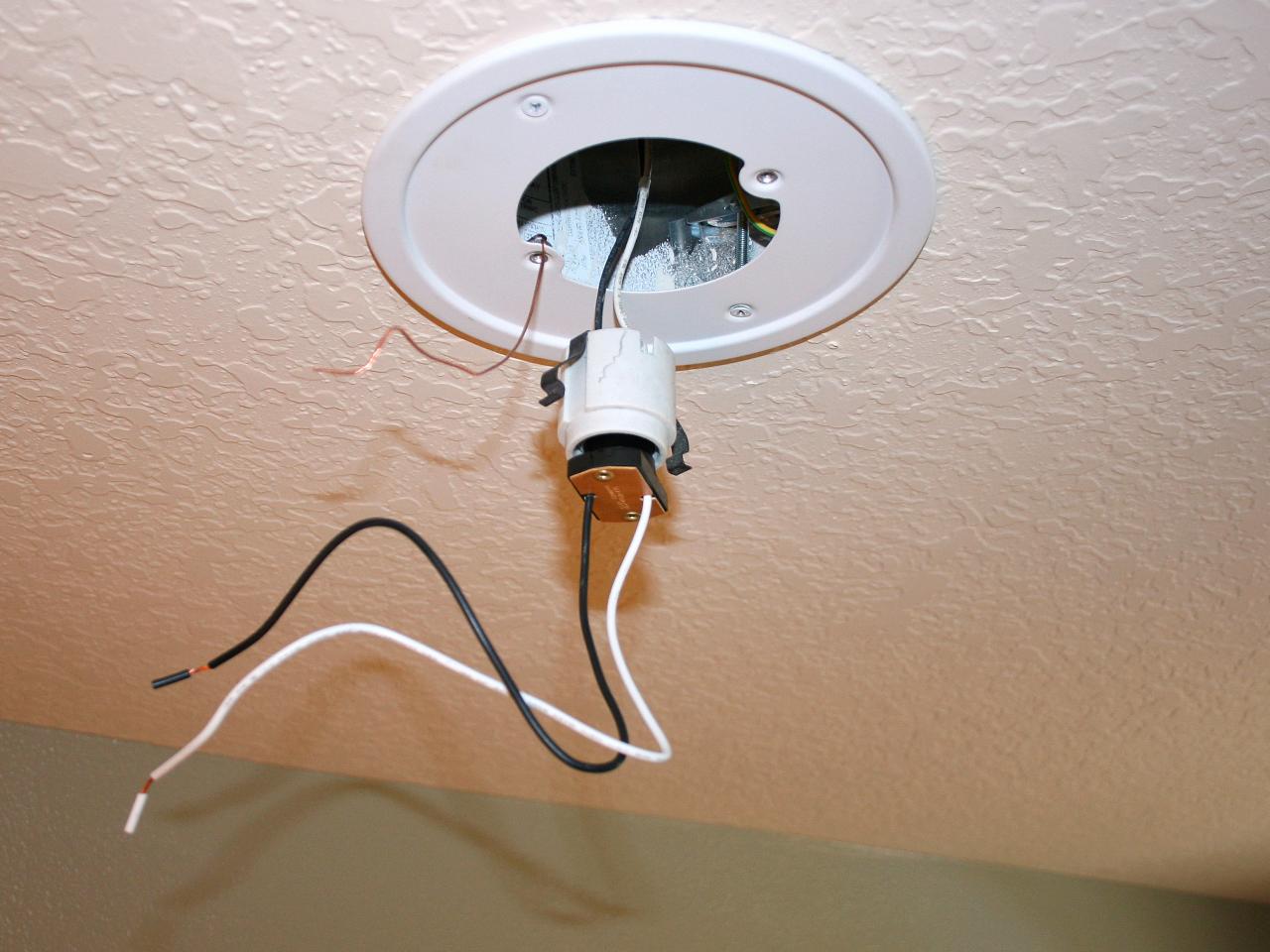
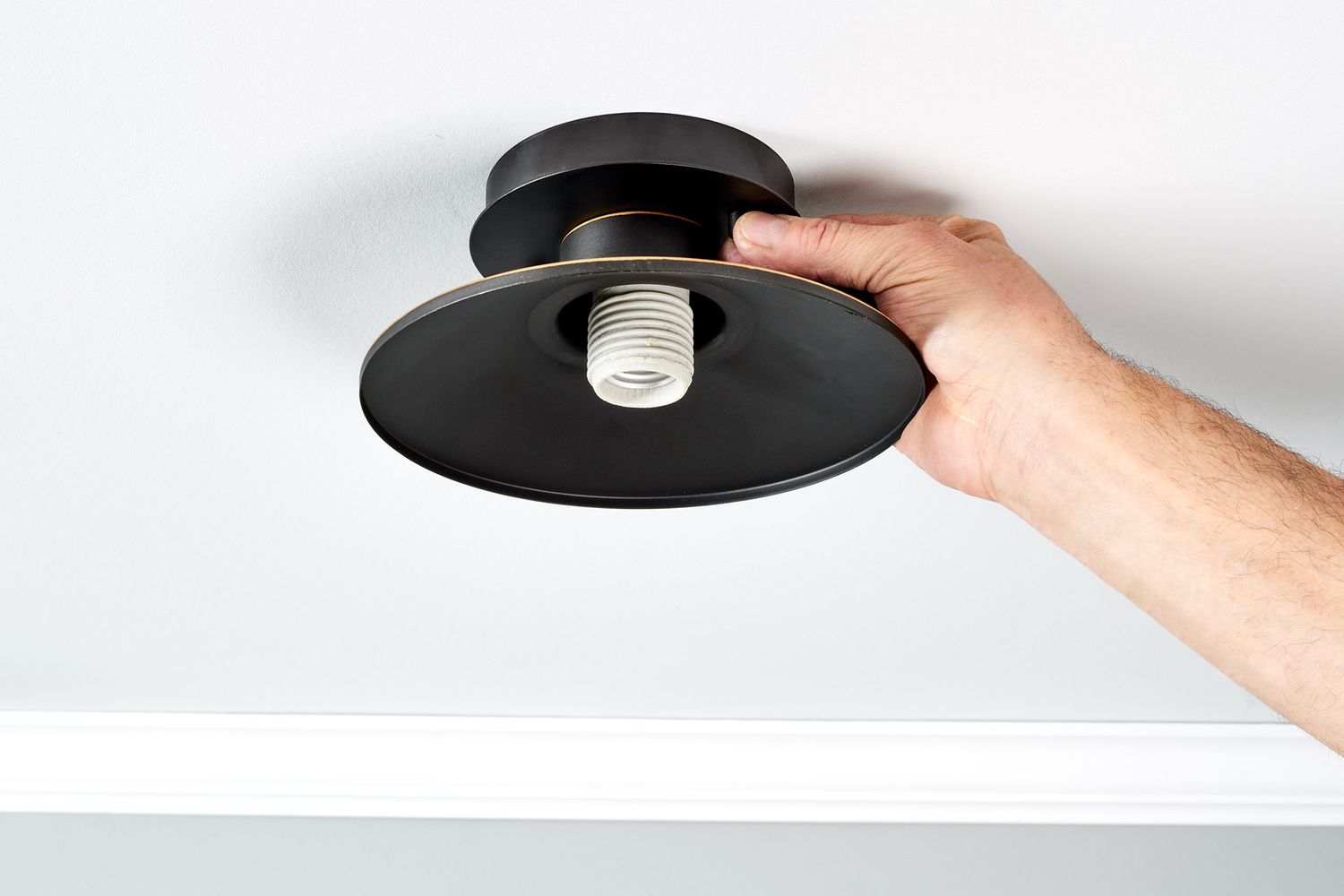
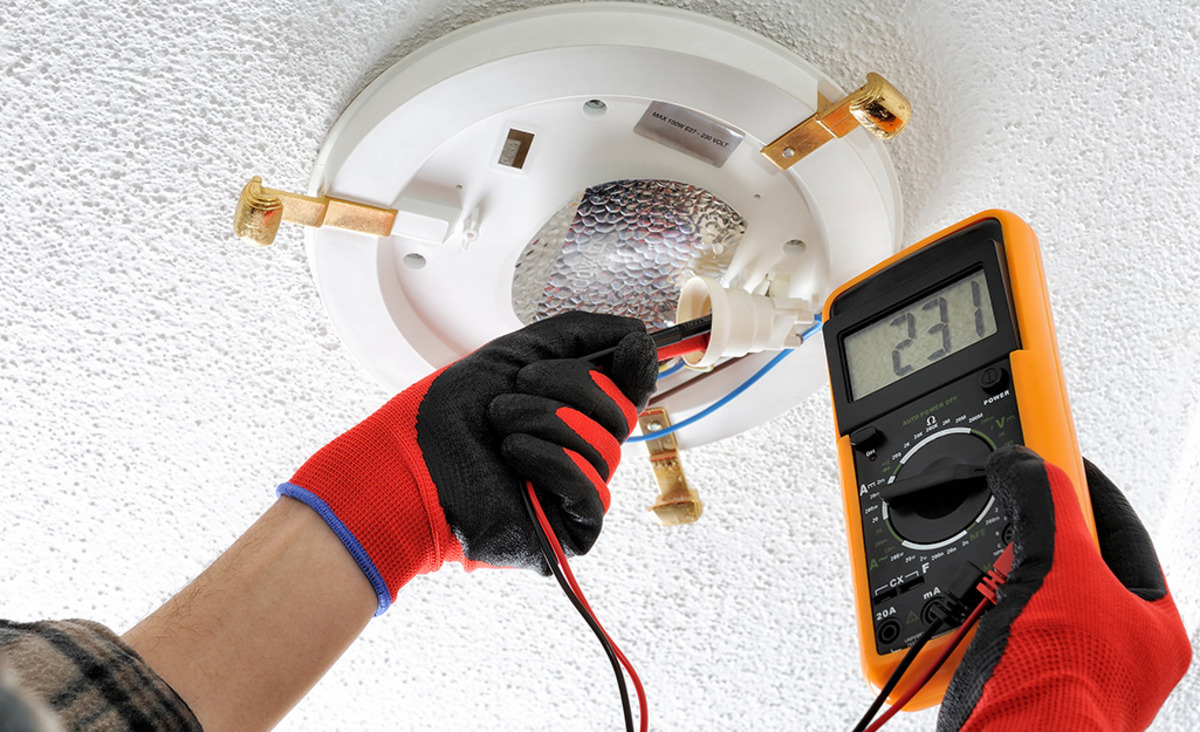
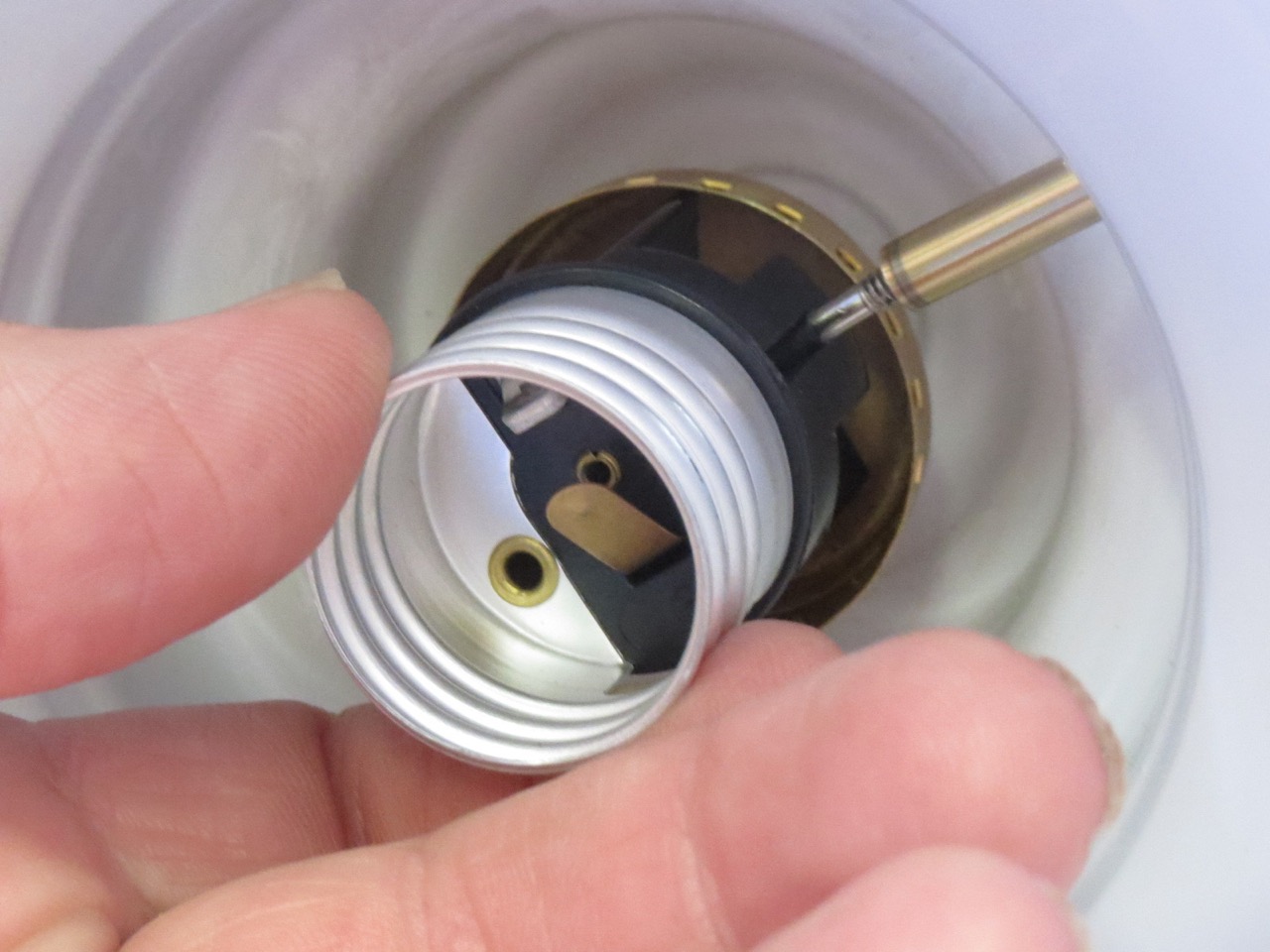
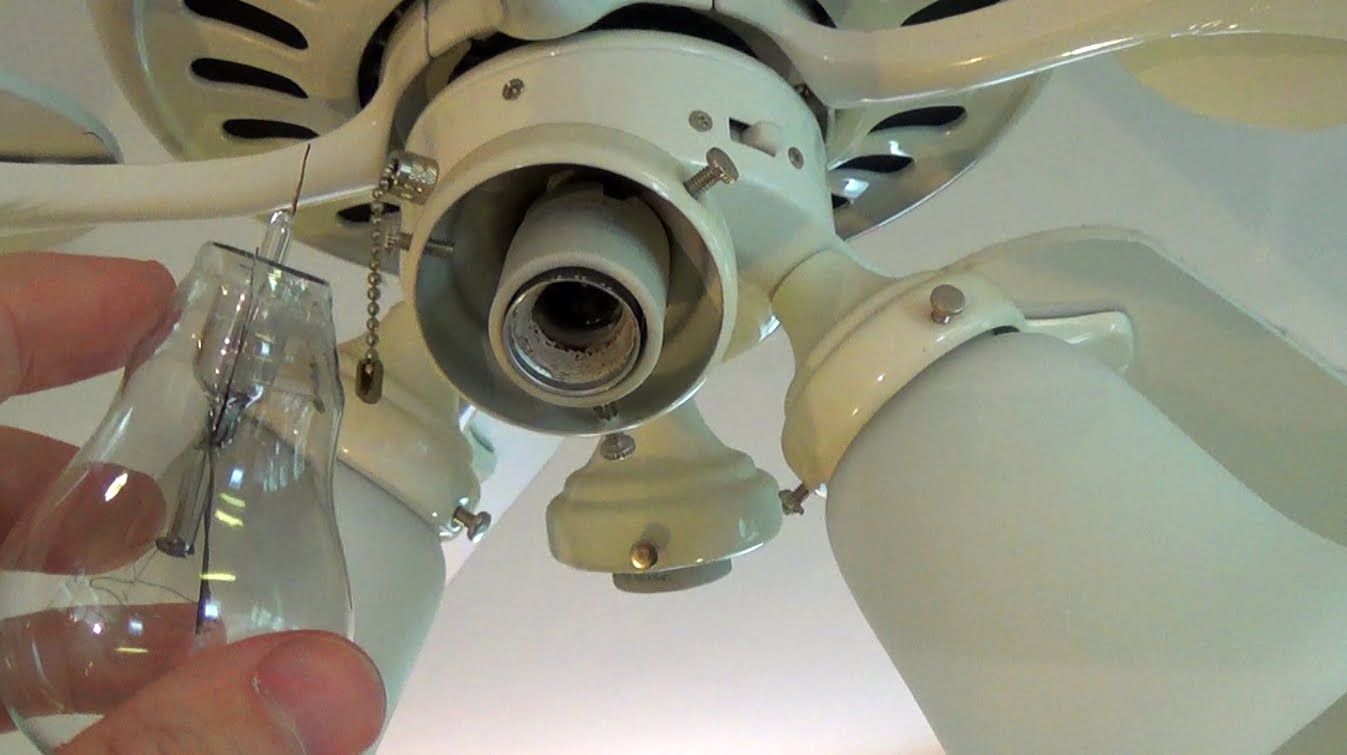

0 thoughts on “How To Store Sockets”